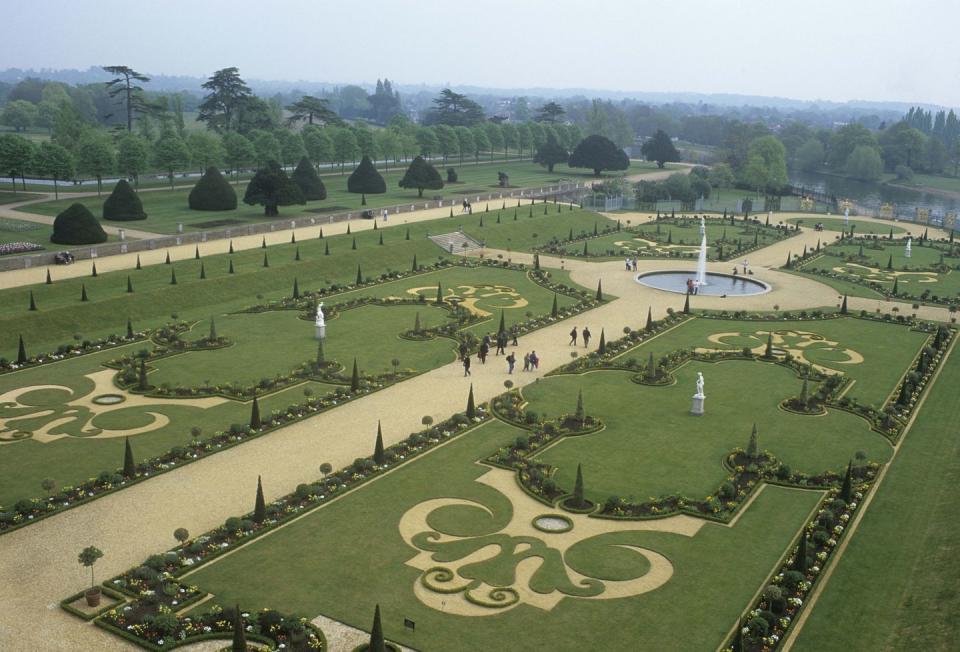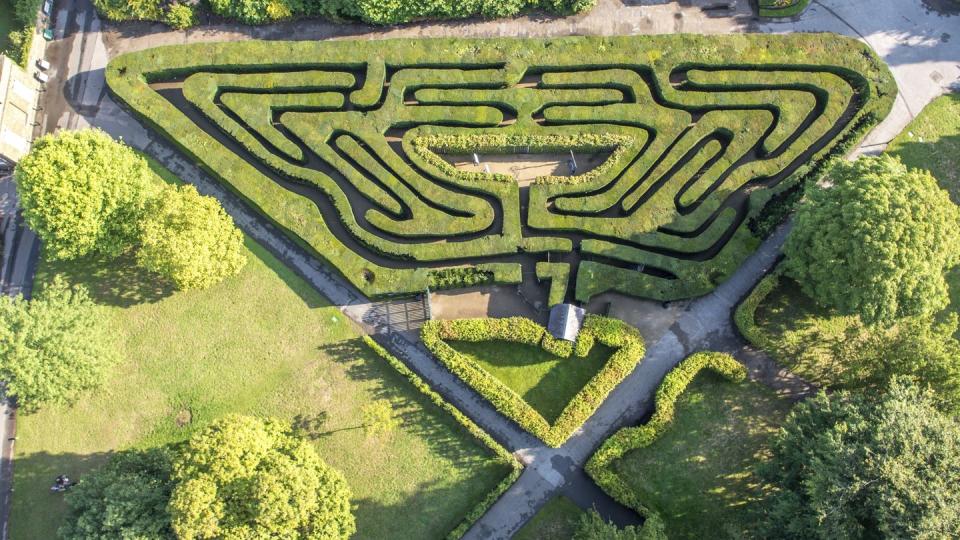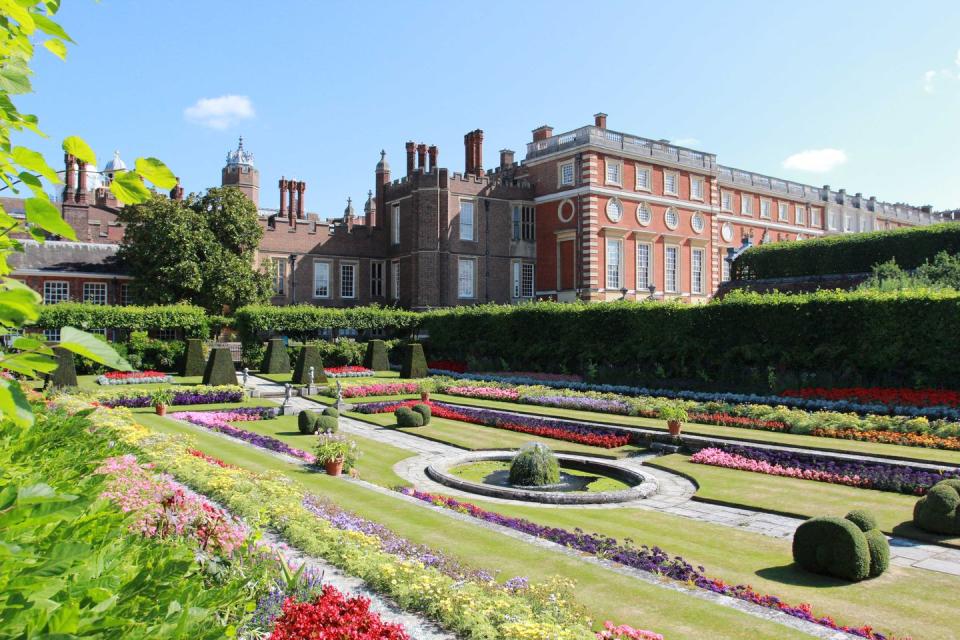How Princess Kate’s Magic Garden Accounts for Climate Change
As Historic Royal Palaces' head gardener, Terry Gough has a pretty big job: He works to preserve the gardens in six of the British royal family's properties including Kensington Palace, Kew Palace, and the magic garden at Hampton Court Palace, created with the Duchess of Cambridge, Kate Middleton. Nothing has challenged his team of experts more than climate change.
"When I started in the profession nearly 50 years ago, there were [plants] that you couldn't leave outside in the winter then that you can now and that's how much our climate has changed [and] we've become far more dependent on water," Gough told House Beautiful in a recent interview.

"We're getting droughts, we're getting more hose pipe bans and that itself creates a real problem when you're talking about historic gardens, heritage gardens where you're trying to remain faithful to the plant varieties that were used to create those very gardens," says Gough. He is especially concerned about the oldest surviving hedge maze in Britain. Sitting on one-third of an acre, the maze dates back to the 1690s and has been referenced in literature and scientific research.
Gough has a specific challenge in combatting these changes: Instead of designing the gardens around different eras of the British royal family, he and his team of gardeners are tasked with creating entertaining grounds for the millions of visitors that will survive warmer temps and stricter water guidances.

To save water for the historic surviving species in the garden that need it most, Gough enlisted his team to research drought resistant grasses that can still be cut scythe-style, maintaining the historic style, and plant species that will thrive in hot weather. A similar consideration was given to the Magic Garden.
Built in 2016 under the guidance of the Duchess of Cambridge, Kate Middleton, the Magic Garden is a children's garden featuring sculptures of Tudor Court legends in a nod to Henry VIII's commission of Hampton Court Palace. Landscape architect Robert Mayers was able to work with Gough's team to break with tradition and offer a design that would use less water.
"We have been able to depart from using the historic plant varieties we would normally feature in other areas of the gardens where the heritage has to be respected [so] all the plants used have been selected for their durability in terms of drought tolerance and physical strength as well as creating a beautiful effect," says Gough.
The Duchess of Cambridge's contribution has given the palace a new wave of tourism that would have helped fund eco-friendly solutions to keep the historic project running until COVID hit. The Historic Royal Palaces receives no money from the British royal family or the British government leaving them a the mercy of the visitors who flock to their grounds for tours and special events to update and maintain the grounds.

"One of the things that we were planning was looking at replacing our glass house nursery," Gough says as he explains the future of Hampton Court Palace. "We would have a water capture system within that design itself. So we would reuse all the rainwater because water now is becoming very very scarce."
While the glass house nursery plays host to nearly 140,000 different plants before they are transplanted to various areas of the gardens, Historic Royal Palaces uses their nurseries to fight off yet another climate change challenge: pests and diseases.
With advances in technology, Hampton Court Palace skirts the use of chemical treatments for organic treatments, like introducing natural predators to fight off the pests and disease in a contained environment.
"The greatest challenge is also these pests and diseases because some of them are really changing the whole, not our design landscape, but also the natural landscape of our country."

The preservation and protection of local tradition is still going on amidst COVID, with Gough's team working to keep the gardens safe and growing even before the lockdown was lifted. Now the palace grounds are open for visitors to see the incredible work Historic Royal Palaces has done to create a garden mindful of climate change that would maintain the restored spaces.
All of Historic Royal Palaces' gardens are now open from Kensington to Hampton Court Palace with social-distancing and COVID safety measures in place. Visitors can book a ticket in advance to Hampton Court Palace here.
Follow House Beautiful on Instagram.
You Might Also Like

